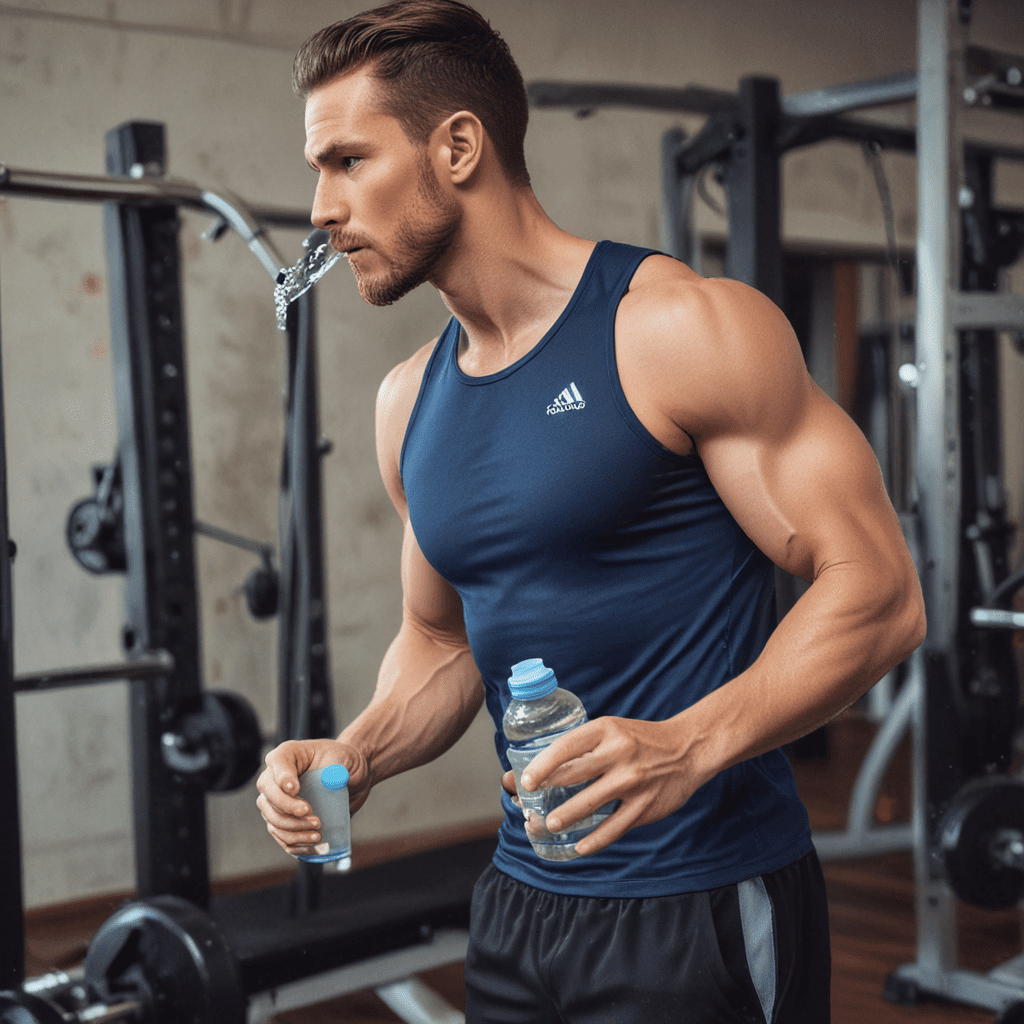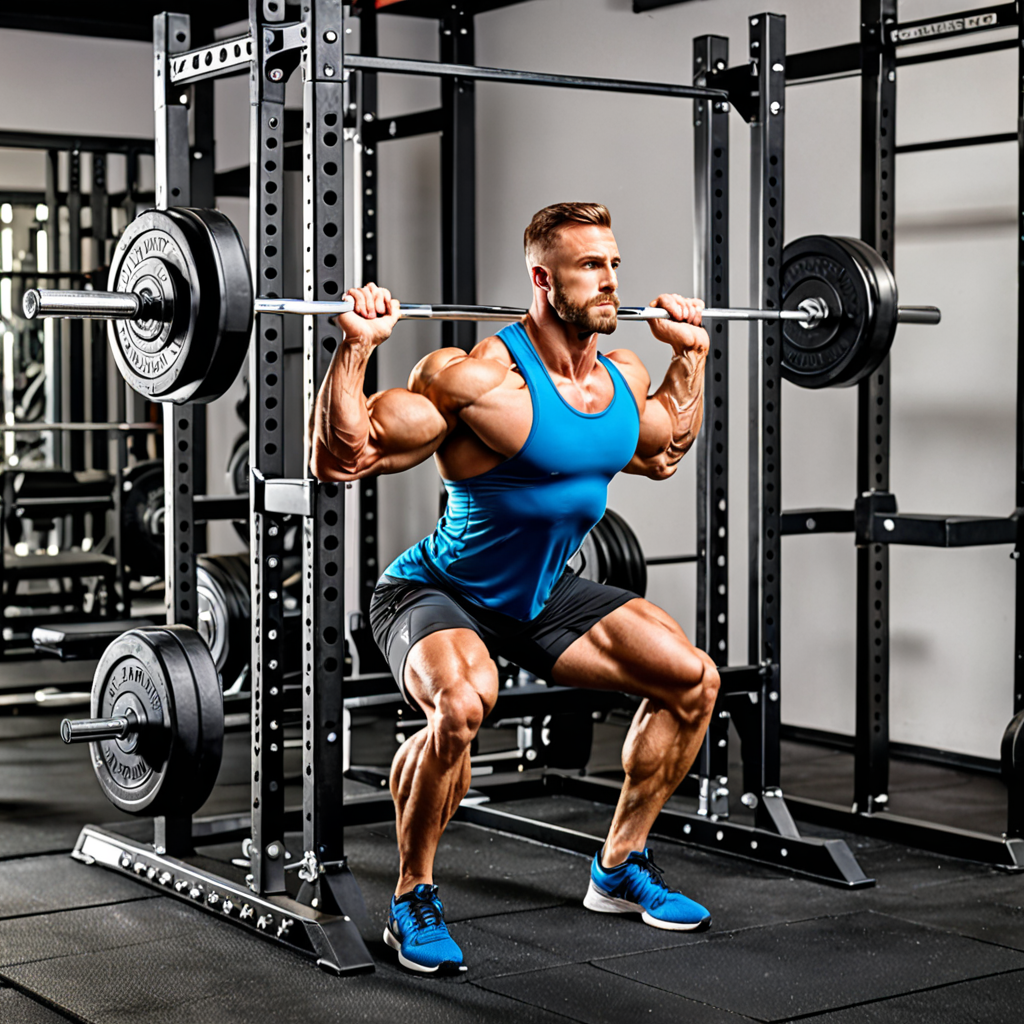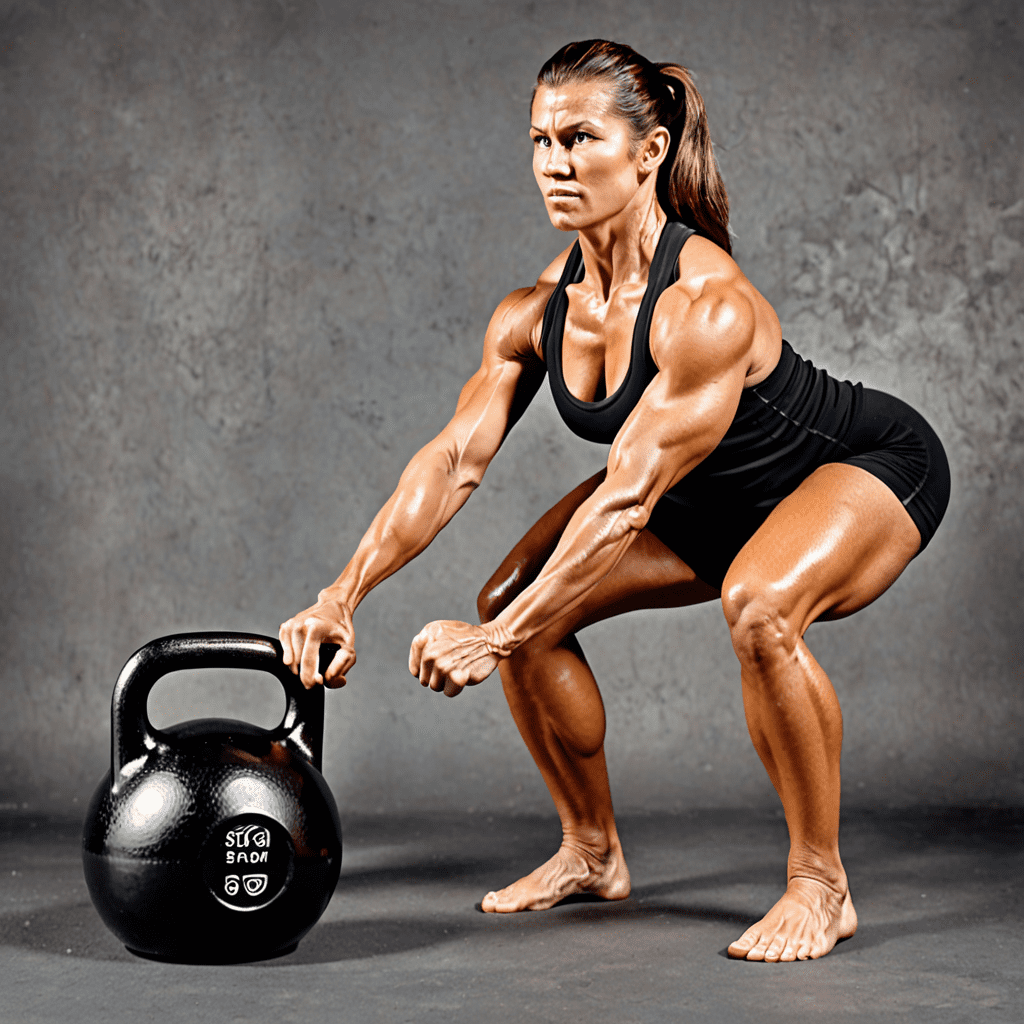
Hydration for Athletes: Strategies for Optimal Performance
I. Introduction: Importance of Hydration
Hydration is of paramount importance for athletes, as it directly impacts their performance, health, and recovery. Proper hydration ensures that bodily functions operate efficiently, muscles receive adequate oxygen and nutrients, and body temperature is regulated. Conversely, dehydration can lead to impaired cognitive function, reduced endurance, muscle cramps, and even heatstroke. Maintaining optimal hydration is therefore crucial for athletes seeking to maximize their potential.
II. Fluid Requirements for Athletes
The fluid requirements of athletes vary depending on factors such as body size, activity level, and environmental conditions. However, a general guideline is to consume around 17-20 ounces of fluid per 15-20 minutes of exercise. Athletes should be aware that certain fluids, such as sports drinks, may be more effective than water for replenishing electrolytes lost through sweat.
III. Pre-Exercise Hydration
Adequate pre-exercise hydration plays a vital role in preventing dehydration during exercise. It is recommended that athletes begin hydrating a few hours before exercising. This initial hydration can be achieved through a combination of water, sports drinks, or other fluids rich in electrolytes. It is equally important to prioritize hydration in the days leading up to exercise, especially in hot or humid conditions.
IV. During-Exercise Hydration
During extended periods of exercise, hydration becomes crucial for sustained performance. Athletes should consume fluids regularly throughout their workout to replace the fluids lost through sweat. Frequent sips of water or sports drinks are recommended instead of waiting until a significant amount of fluid has been lost. This strategy will help maintain a steady hydration level and prevent the onset of dehydration symptoms.
V. Post-Exercise Hydration
Replenishing fluids after exercise is equally important as hydration during exercise. Post-exercise hydration helps rehydrate the body and facilitate muscle recovery. Athletes should aim to consume a significant amount of fluids within 30-60 minutes after completing their workout. Fluids rich in electrolytes, such as sports drinks, are recommended to replenish the electrolytes lost through sweat.
VI. Hydration Assessment Techniques
Monitoring hydration levels is crucial for athletes to prevent dehydration. Several techniques can be used to assess hydration status, including:
- Urine Color: The color of urine can provide an indication of hydration levels. Darker urine suggests dehydration, while lighter urine indicates adequate hydration.
- Thirst: Thirst is a subjective indicator of hydration, but it should not be the only measure used. Waiting until an athlete feels thirsty may indicate that they are already dehydrated.
- Sweat Rate: Measuring sweat loss during exercise can help determine fluid needs. Knowing the rate of sweat loss allows athletes to adjust their fluid intake accordingly.
VII. Electrolyte Considerations
Electrolytes, such as sodium and potassium, play a crucial role in hydration. Electrolytes help regulate fluid balance, maintain nerve and muscle function, and prevent cramps. Sports drinks typically contain electrolytes, making them a valuable option for athletes during and after exercise.
VIII. Practical Hydration Strategies
- Carry a Water Bottle: Keep a water bottle handy during exercise to encourage continuous hydration.
- Set Reminders: Use a phone app or timer to remind yourself to drink fluids regularly.
- Choose Hydrating Foods: Incorporate water-rich fruits and vegetables into your diet, such as watermelon, cucumber, and celery.
- Avoid Alcohol and Caffeine: These substances can dehydrate the body and impair performance.
IX. Common Hydration Mistakes
- Ignoring Pre-Exercise Hydration: Failing to hydrate adequately before exercise can lead to dehydration and impaired performance.
- Waiting to Drink Until Thirsty: Thirst is a late indicator of dehydration. It is important to hydrate proactively throughout exercise.
- Overhydrating: Consuming excessive fluids can lead to a condition called hyponatremia, where the sodium levels in the blood become dangerously low.
- Choosing Sugary Drinks: Sports drinks containing large amounts of sugar can slow down fluid absorption and may not be as effective for hydration.
X. Conclusion: Maintaining Optimal Hydration
Maintaining optimal hydration is essential for athletes to perform at their best, prevent health risks, and facilitate recovery. By following the strategies outlined in this article, athletes can ensure they are adequately hydrated before, during, and after exercise. By prioritizing hydration, athletes can maximize their performance, boost their energy levels, and optimize their overall health and well-being.
FAQs
Q: How much water should I drink per day as an athlete?
A: Fluid requirements vary depending on factors such as body size, activity level, and environmental conditions. A general guideline is to consume around 17-20 ounces of fluid per 15-20 minutes of exercise.
Q: What are the signs of dehydration?
A: Symptoms of dehydration can include dark urine, thirst, fatigue, dizziness, and muscle cramps.
Q: Are sports drinks better than water for hydration?
A: Sports drinks contain electrolytes that can help replenish those lost through sweat. However, excessive consumption of sports drinks can lead to sugar intake. It is important to balance water and sports drinks for optimal hydration.
Q: When should I start hydrating before exercise?
A: Begin hydrating a few hours before exercising to ensure adequate fluid levels before starting your workout.
Q: How can I stay hydrated during exercise in hot weather?
A: In hot weather, it is crucial to increase fluid intake and take precautions to prevent heat-related illnesses such as heatstroke. Dress appropriately, seek shade when possible, and monitor your hydration status closely.

